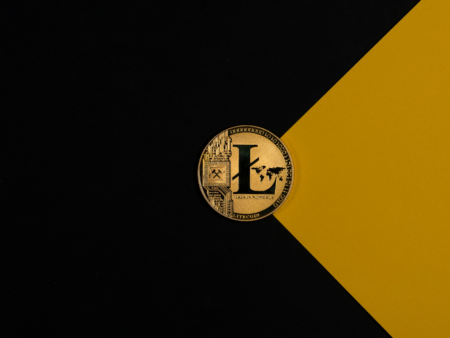Recent Bitcoin surge boosts 91% of on-chain transactions into profitability, estimating based on the latest transaction’s purchase price.
The great majority of Bitcoin wallets are now profitable as a result of the recent price surge. Considering all of the current Bitcoin’s on-chain transactions, 91% would result in a profit.
Since it is predicated on the idea that the purchase price represents the market price at the time of the most recent on-chain transaction, this is actually merely an estimate. This is merely an estimate, but it’s the best one we have since it’s hard to determine the exact purchasing price of each Satoshi.
It should be highlighted that it refers to the profitability of individual Bitcoins (or, better still, individual Satoshis), not the percentage of profitable wallets or addresses. The smallest fraction into which Bitcoin can be divided on-chain is called a Satoshi, which is equivalent to one hundred millionth of a BTC.

The Bitcoin wallet profitability graph
The trend of the percentage of Bitcoin in profit over time is displayed in the graph that PlanB published on X.
It’s interesting to note that this number never dropped below 60% during the worst of the bear market last year.
This is because a lot of Bitcoin have been at a stop for a long time since their owners have “lost” the private keys that are required to utilize them, rendering them unusable.
It is impossible to determine the actual percentage of Bitcoin that is in profit because we do not know with certainty how many Bitcoins are lost.
Additionally, the percentage has never dropped below 60% in the whole history of Bitcoin. The reason for this is that almost everyone made money in the first two years (2009 and 2010). Furthermore, a lot of Bitcoins, including the well-known million BTC that Satoshi Nakamoto had mined, had already come to a standstill when the price started to decline dramatically for the first time in the second half of 2011.
Given all of this, it is especially noteworthy that just a few months after falling below 60% in August of this year—virtually at historic lows—this number has suddenly risen beyond 90%.
The causes of the most recent Bitcoin surge
This rise’s cause is simple to understand.
Mid-August to mid-September saw a $29,000–25,000 decrease in the price of Bitcoin. This most likely resulted in sales that were partially for sale at the time but are now purchases made at a profit.
Specifically, a rally that started on October 16th took the price back to $30,000, $35,000, and eventually above $42,000.
There were three periods of decrease and four periods of gain in the price of Bitcoin in 2023.
The percentage of Bitcoin in profit stayed above 70% following the first spike in January and the first dip in March. It only came close to the minimums in August and September, but it slipped below this threshold with the second decline, which occurred in June.
It should be remembered that prior to the last significant bull run being set off, something akin to this also occurred during the previous cycle, between 2018 and 2020.
Awaiting the half-time
All of the waiting is for the halving in April of 2024 of the next year.
The effect of the halving on the price of Bitcoin has never before been priced in by the market. In fact, it took the market many months to start factoring in the halving’s effect on the market value of Bitcoin in both 2016 and 2020.
This time, it almost looks as though the price has already been set by the market.
In actuality, the reduction will have no effect at all on the price if it is confirmed, which it most likely will be in April.
Although the impact of theoretically half the rate at which new Bitcoins are created should be less than that of previous halvings, no one is exactly sure how much this will increase prices.
However, when you combine all of this with the likely approval of spot Bitcoin ETFs in the USA, which is anticipated to happen in early January, and the beginning of the Fed’s interest rate reductions, which is anticipated to happen in March, you end up with a picture of a cryptocurrency market that is already heavily pricing in anticipated future price gains.
Thus, the theory that’s been going about is that the next great bull run, which many thought would happen in 2025, would happen as early as next year, a year earlier than anticipated.
These are only theories, and there are others that think there might be a significant retracement, so they are not even the only ones that are being discussed. However, it’s intriguing enough that a notion of this kind can even be entertained.











